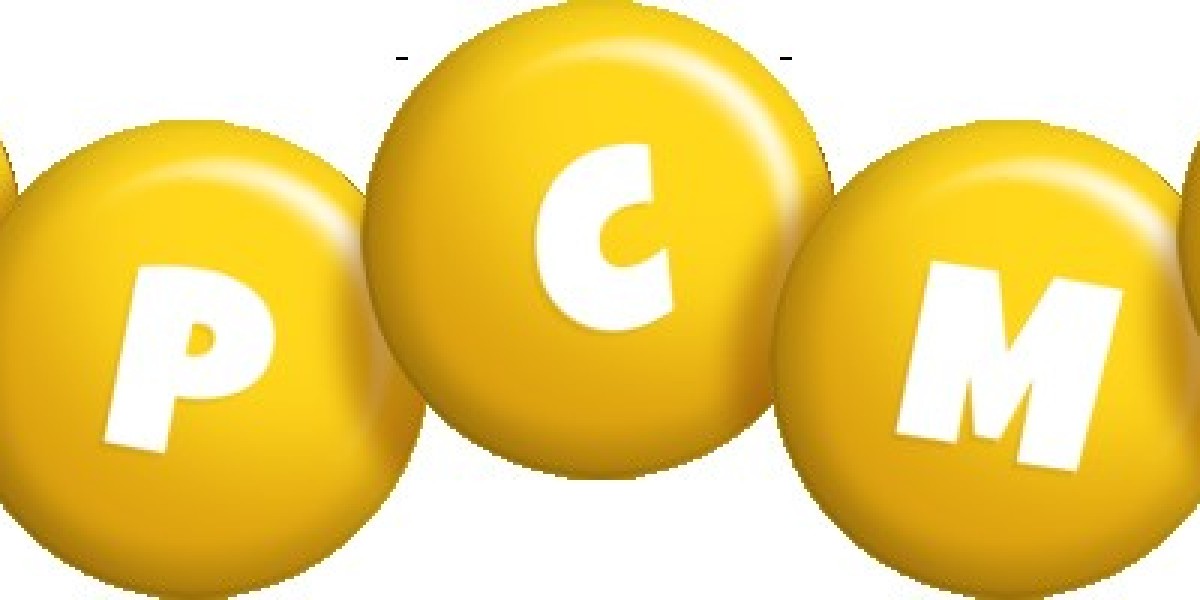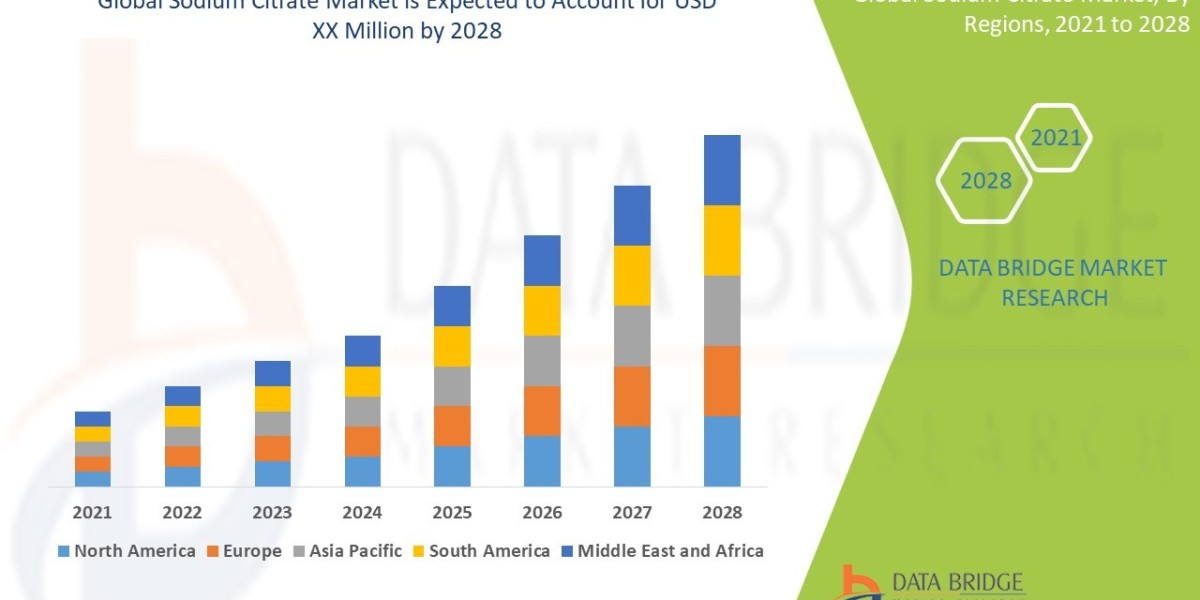India generates over 62 million tons of municipal solid waste (MSW) annually, with only 30% recycled, burdening landfills and contributing to environmental issues like methane emissions. DCC Group, a leader in waste management, enhances recycling efficiency through advanced ballistic separator machines. The precise Ballistic Separator specification of their Bounce Separator optimizes ballistic separation, ensuring high-throughput waste sorting and supporting India’s circular economy and Swachh Bharat Mission.
Understanding Ballistic Separator Specification
The Ballistic Separator specification defines the machine’s performance in sorting waste by size, shape, and density. DCC’s ballistic separator machines feature oscillating paddles angled at 15° to 25°, processing 10-30 tons per hour, with sieve hole sizes ranging from 20-80 mm, as noted in industry sources. These specifications allow the Bounce Separator to achieve up to 95% sorting accuracy, categorizing waste into 2D (paper, plastic films), 3D (bottles, cans), and fines (soil, sand), streamlining recycling processes.
Key features like replaceable screening plates and self-cleaning brushes minimize downtime, while electric gear motors ensure energy efficiency. The ballistic separator handles diverse waste streams, including MSW and construction debris, making it versatile for urban and industrial applications. Customizable paddle angles and screen sizes enable precise sorting tailored to specific waste compositions, enhancing resource recovery in segregation plants.
Impact on Recycling Efficiency
The Ballistic Separator specification directly impacts recycling efficiency by producing clean material streams. In DCC’s Delhi and Bangalore projects, their Bounce Separator diverts up to 90% of waste from landfills, as seen in the Ghazipur bio-mining initiative, which reclaimed 3.05 acres. Sorted plastics are recycled into granules, organics are composted, and non-recyclables become refuse-derived fuel (RDF), reducing fossil fuel use by 0.54 tons of CO2 per ton of waste processed.
The high sorting accuracy reduces contamination in recyclables, increasing their market value and supporting India’s Plastic Waste Management Rules. Decentralized ballistic separation minimizes transport emissions (0.3 tons of CO2 per ton), making it ideal for smart cities. The ability to process fresh waste prevents degradation, ensuring higher-quality outputs for composting and RDF production, as demonstrated in DCC’s Bangalore MSW plants.
Challenges and Innovations
Inconsistent waste composition and maintenance needs pose challenges, but DCC addresses these with modular designs and IoT-enabled monitoring for predictive maintenance. The global waste sorting market, projected to reach USD 2.5 billion by 2027, offers opportunities for DCC to integrate AI-driven sensors, enhancing the ballistic separator’s precision and adaptability to complex waste streams.
A Cleaner, Greener Future
DCC Group’s Ballistic Separator specification optimizes ballistic separation, making their Bounce Separator a cornerstone of efficient recycling. Contact them at info@zerowasterecycler.com or +91-7290049003 to explore how their ballistic separator machines can drive your city’s zero-waste goals, fostering sustainable urban development and cleaner, greener environments across India.








